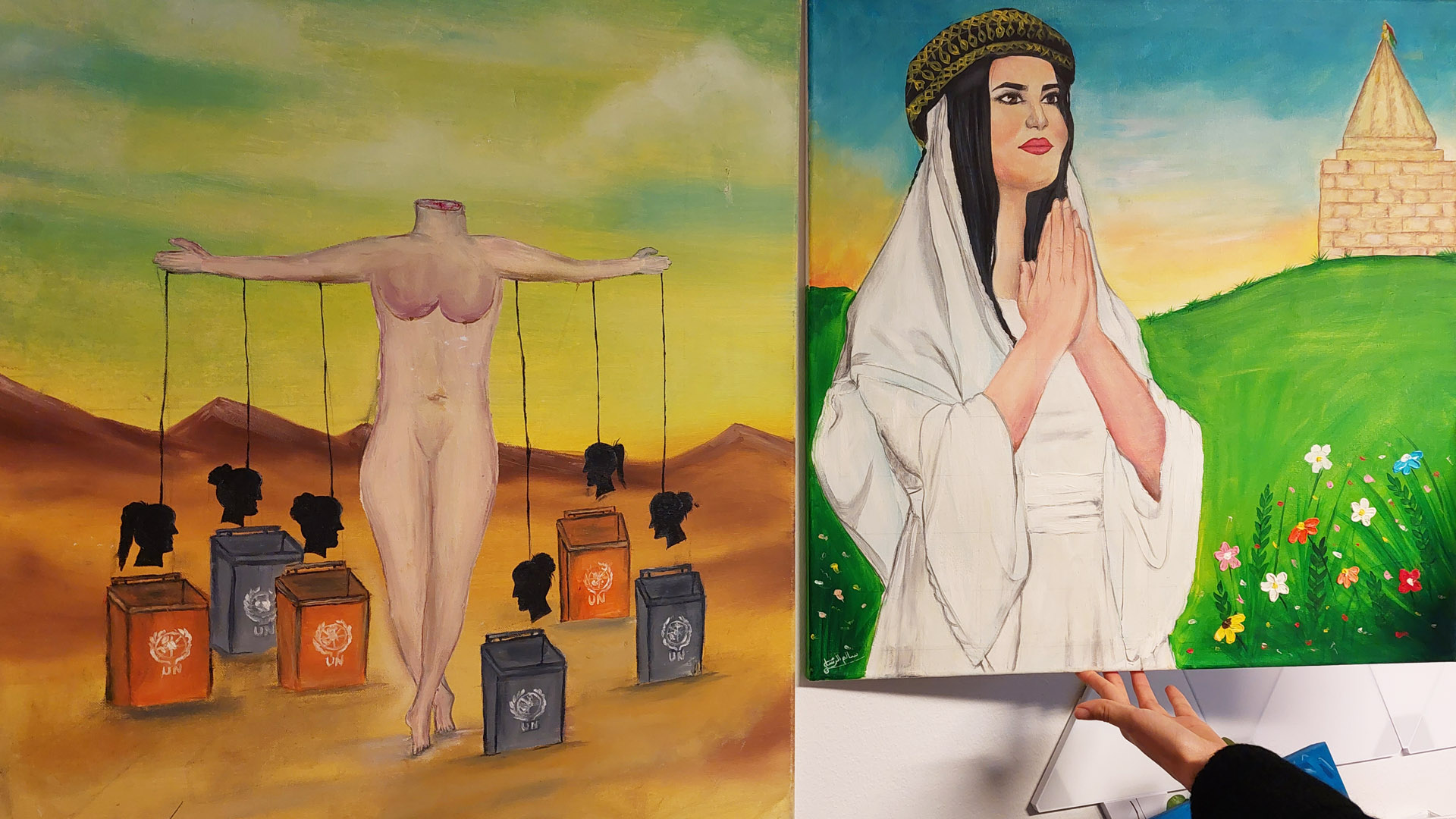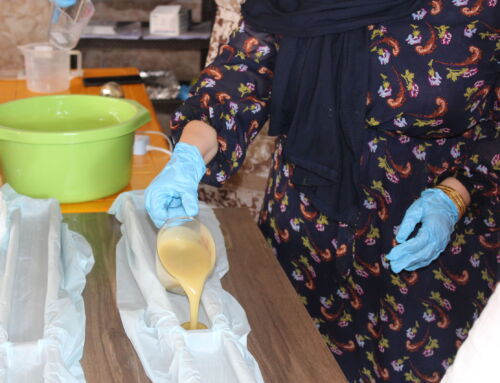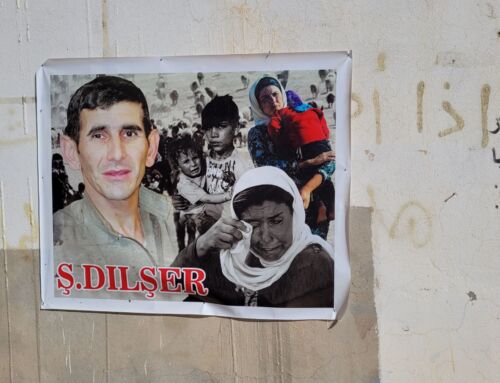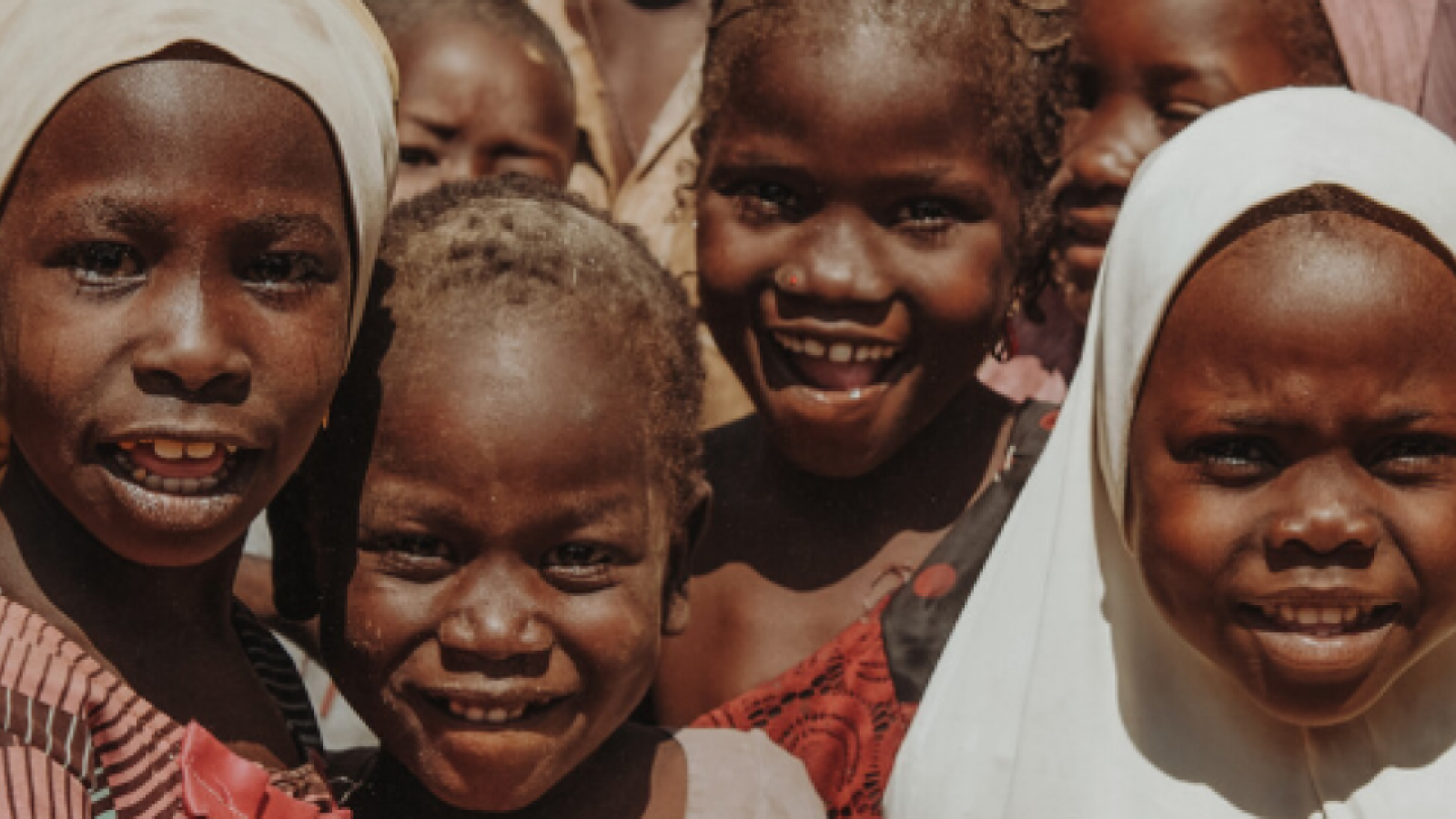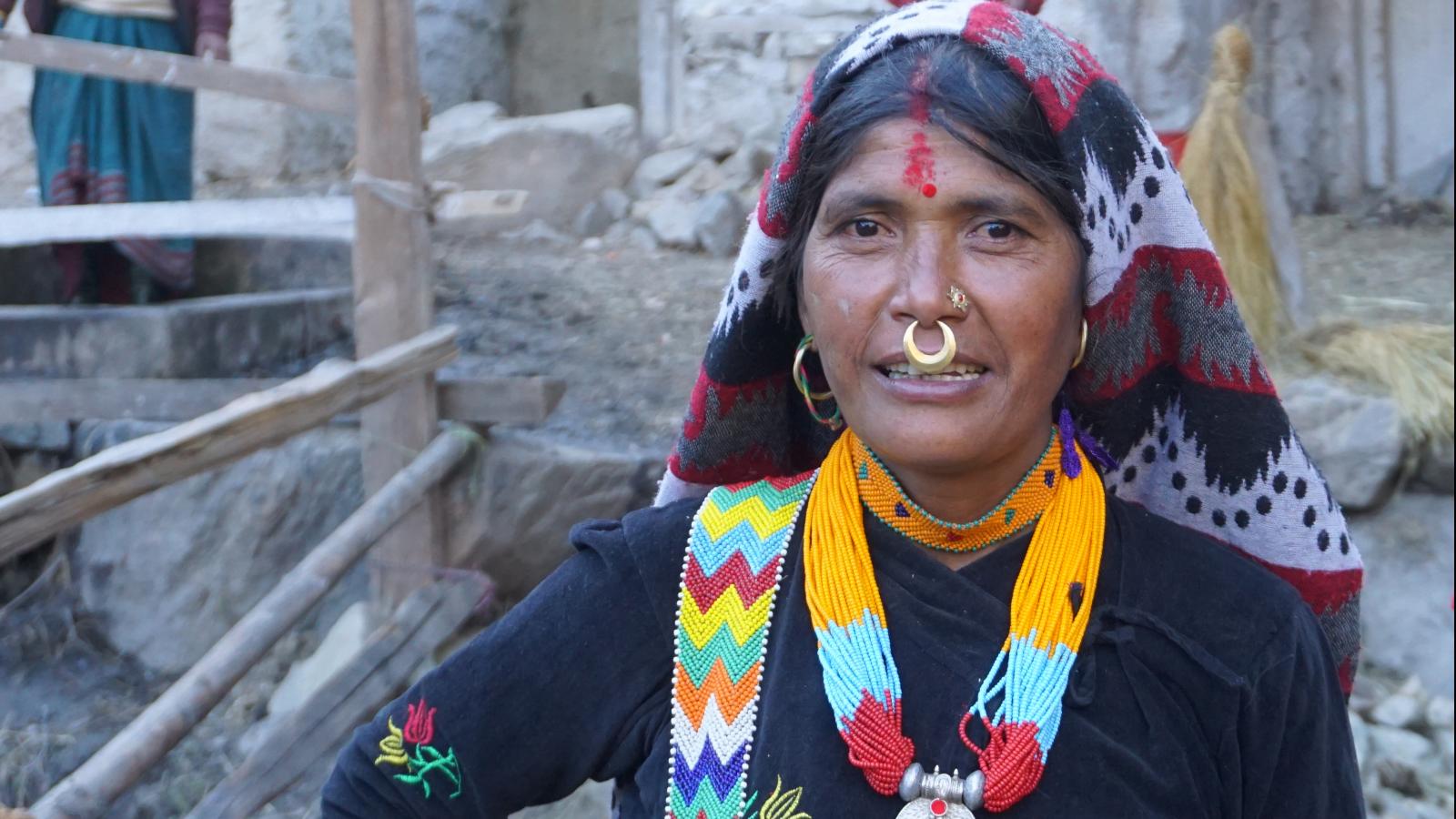Two paintings by the same Yazidi woman, a year apart, show a development in which she has reclaimed her head and thoughts – and her stolen human dignity, says the Danish artist.
The 16 days of activism against gender-based violence is coming to an end. The 16-day campaign began with the International Day for the Elimination of Violence Against Women on 25 November and ends on International Human Rights Day on 10 December.
Giving and healing art therapy
In this connection, women from the Yazidi minority in Iraq exhibit their paintings, which were created as part of trauma treatment at Mission East’s center in Sinjar. Here, the women get the opportunity to speak out about terrible memories of captivity and slavery under the terrorist organization ISIS. If they cannot express the pain in words, they can paint it on the canvas.
– Visual art can be a fantastically rewarding and healing activity, even when we carry deep vulnerability and trauma, says the Danish visual artist Karsten Auerbach, who has seen the paintings.
He himself has experienced it very intensely over the past few years in psychiatry, where he has developed art courses for patients together with doctors and staff at Odense University Hospital on the island of Funen.
From a symbolic body to a living person
He has also seen the two paintings by the same woman a year apart. The paintings, which can be seen here at the top, show a development, he says:
– The figure in the new picture is no longer a neutral symbolic body, but a living human being with will and dignity – and a body language that makes me want to retrieve the old word “soul” from the cache.
The naked human body has many strong meanings in art, continues Karsten Auerbach.
– But when a Middle Eastern woman chooses to paint a naked female body, we are as far from classical and at the same time Western salon art as we can get: Here nudity embodies the experience of being exposed, vulnerable and deprived – in the precise sense of “being ripped to the skin”.
Common human symbolic language
He thinks it is “wildly interesting” to glimpse traces of a shared human symbolic language:
– As recently as yesterday, I was presented with another image of a living human body without a head on it. It was painted by an 11-year-old Ukrainian girl who two of my good friends had brought up here with her family shortly after the Russian invasion.
– I can’t help thinking about all that the two painters, the girl and the woman, have in common in terms of both experience and language, even though they represent two very different cultures and generations.
Wordless cartoon
Karsten Auerbach concludes:
– When I read the Yazidi woman’s two paintings as a wordless cartoon, I feel what it is like to be the body in the new image, which is now clothed and has reclaimed its head and thoughts – and its stolen human dignity.
The Yazidi women’s paintings are exhibited at regular intervals in libraries and activity centers around Denmark.

